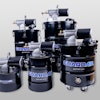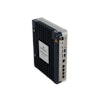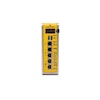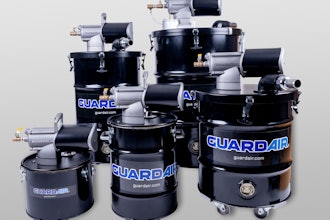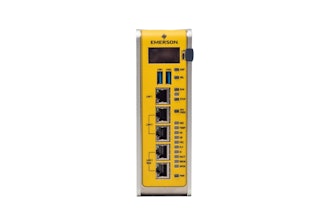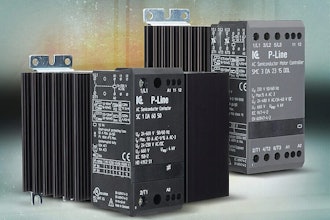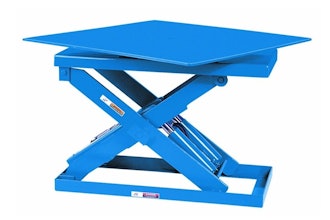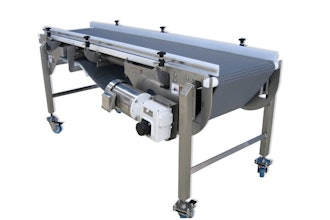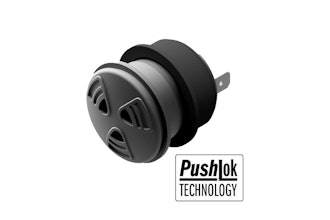
For manufacturers of pipe seals, the stripping process is often the stumbling block of the molding process. When performed manually, the stripping process is often very difficult and productivity is considerably impacted; when performed automatically, the challenge is to do it quickly without any heat loss and without production stoppages due to overlapping seals.
The solutions generally implemented in the industry today, such as molding with two sets of rotating core bars, require a very large press opening stroke to perform the core bar rotation outside the press, and/or front and rear stripping units that lead to considerable space requirements and very high capital costs.
A Simple, Efficient Solution
REP has recently worked on several projects and now offers its customers a competitive and profitable turnkey solution for reduced size on the automatic stripping of EPDM pipe seals of any size. View a video of the stripping process.
The solution can be matched to any seal size. It is based on conveyor belts equipped with rotating belts, allowing for individual stripping of the seals. Spacing between the bottom and top belts can be easily adjusted, thanks to a mechanical stopper system, thus making it possible to switch over from one seal type to another. The rotation speeds of the top and bottom belts can also be adjusted independently.
The belts are designed in compliance with a multi-layer technology in order to ensure the reliability of the stripping process and the speed, while observing the quality of the stripped parts. In addition, the core bar in/out speeds on the kit (low/high speed, depending on the stroke limit) can be controlled. The kit is fully retractable for easy access to the cores on the rear side of the machine, allowing maintenance operations or more rapid production changes.
Example: Pipe seal of a nominal diameter of 50 and 100 mm.
The Equipment: The machine proposed is an injection molding machine, REP V69Y50, with a clamping force of 400 tons, including a kit specially designed for automatic stripping, a vacuum system, hydraulic top and bottom ejectors, and ancillary heating comprising heating elements inside the cores to hold the core temperature during the stripping process.
The tooling consists of a 112-cavity mold (2 cores) and a 2-nozzle cold runner block for the part with a nominal diameter of 110 mm. For the part with a nominal diameter of 50 mm, a 208-cavity mold (4 cores) and a 4-nozzle cold runner block are used.
The Cycle: After the mold opens, the ejectors move out to lift the frame-supported cores. The cores move to the rear of the press (electrical movement) and simultaneously the rotation of the two belts allows for sequential stripping of the pipe seals.
The runners are automatically stripped and separated from the parts during the core bar translation. Metal guides are used to separate the runners as the core bars index on the kit.
The runners are recovered in a receptacle inside the cage, whereas the parts are recovered at the discharge end of the cage extension in a receptacle or using an automatic conveyor. When the cores move inside the press, a laser detection unit is activated to guarantee that no seal adheres to the cores. If this is the case, an alarm signals for operator action at the end of the in-stroke of the cores.
The Result: On this project, the customer's profitability requirements have been met. The stripping time reached for both types of seals was approximately 40 seconds. The system is competitively priced, with an excellent investment/payback ratio. This is a simple, rugged solution that is both reliable and easy to control during production.

